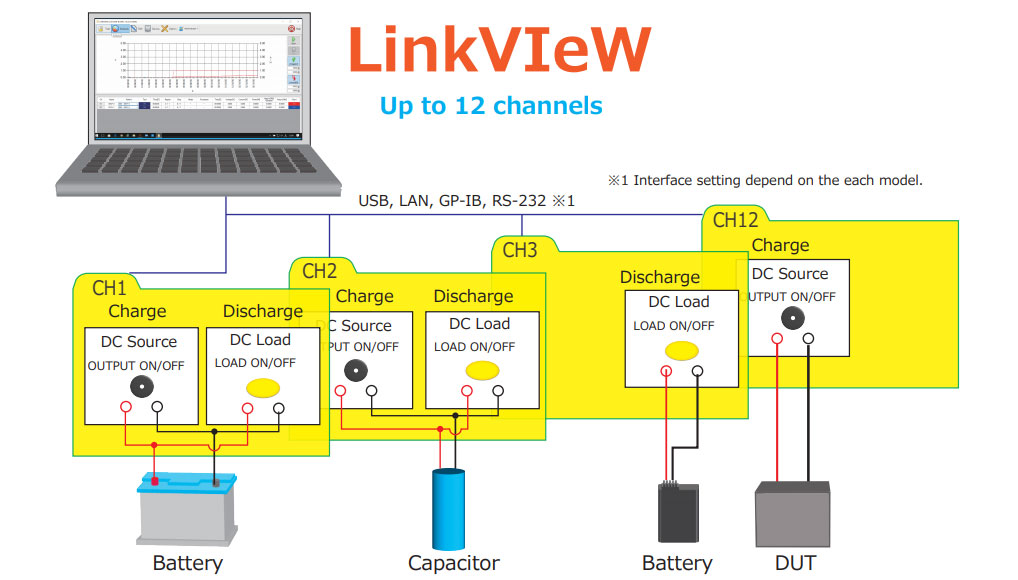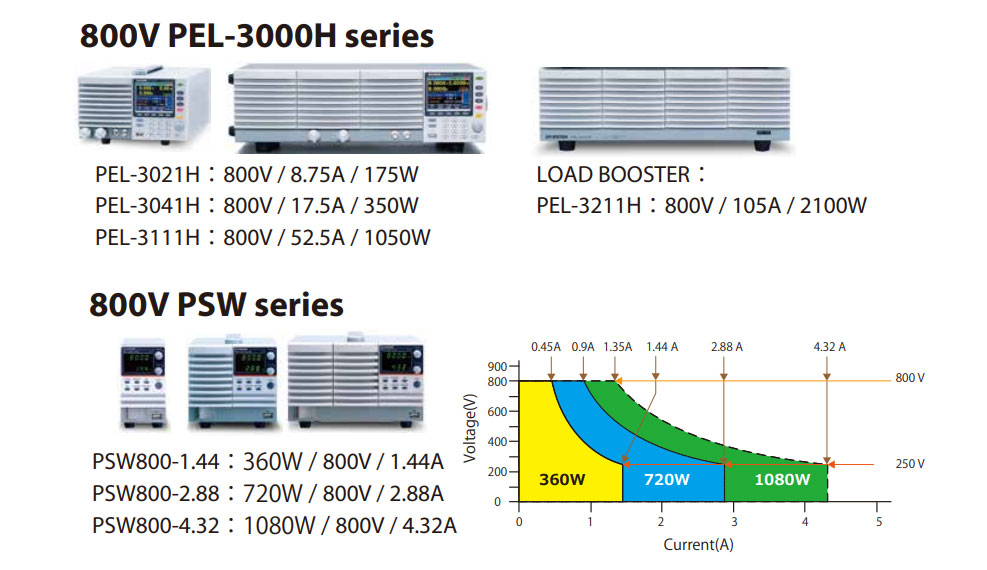Integrated Services and Consultancy
(An ESA Group Associate)#37, Second Floor, “Embedded Home”,
36th Cross, II Block, Rajajinagar
Bengaluru-560010,
Karnataka,India
Pratibha Gopalam
Executive Director
98454 03264
BANGALORE
Santanu Chatterjee, DGM-Sales
97313 78934
HYDERABAD
A V Gopalakrishna, Sr Engineer Sales-TMI
90082 96566
CHENNAI
Senthil Kumar, Manager-Sales
75500 76300
PUNE
Amol Kadu, Sales Manager-TMI
98450 44338
KOLKATA
Arun Roy, Manager-Sales
98305 78843
DELHI
Arun Roy, Manager-Sales
98305 78843
VADODARA
Jaimin Shah, Application Engineer
73488 51143
Phone No.
080-67648888, 080-67648836
Sales
Email: sales@isc4esaindia.com
Support





